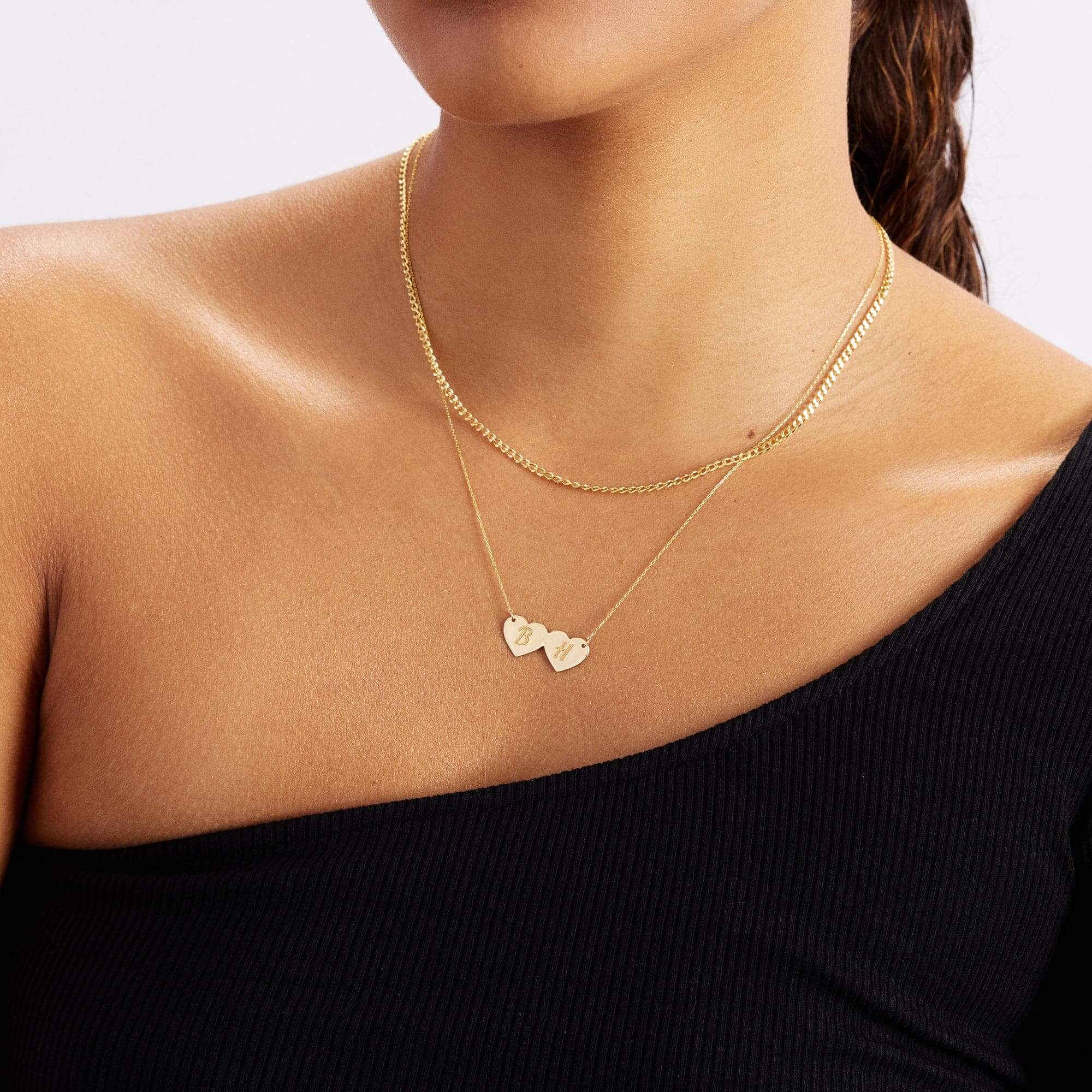How to tell if necklace is real gold?
How to tell if necklace is real gold? Determining if a necklace is made of real gold is essential for both buyers and sellers to ensure the authenticity and value of the piece. Genuine gold necklaces not only hold significant monetary worth but also have sentimental and aesthetic value. In this comprehensive guide, we will explore various methods and tips to help you determine if a necklace is made of real gold. From understanding gold purity and markings to performing visual, physical, and chemical tests, you will gain valuable insights to make informed assessments about the authenticity of a gold necklace. Let’s dive into the world of gold assessment and discover how to distinguish real gold necklaces.
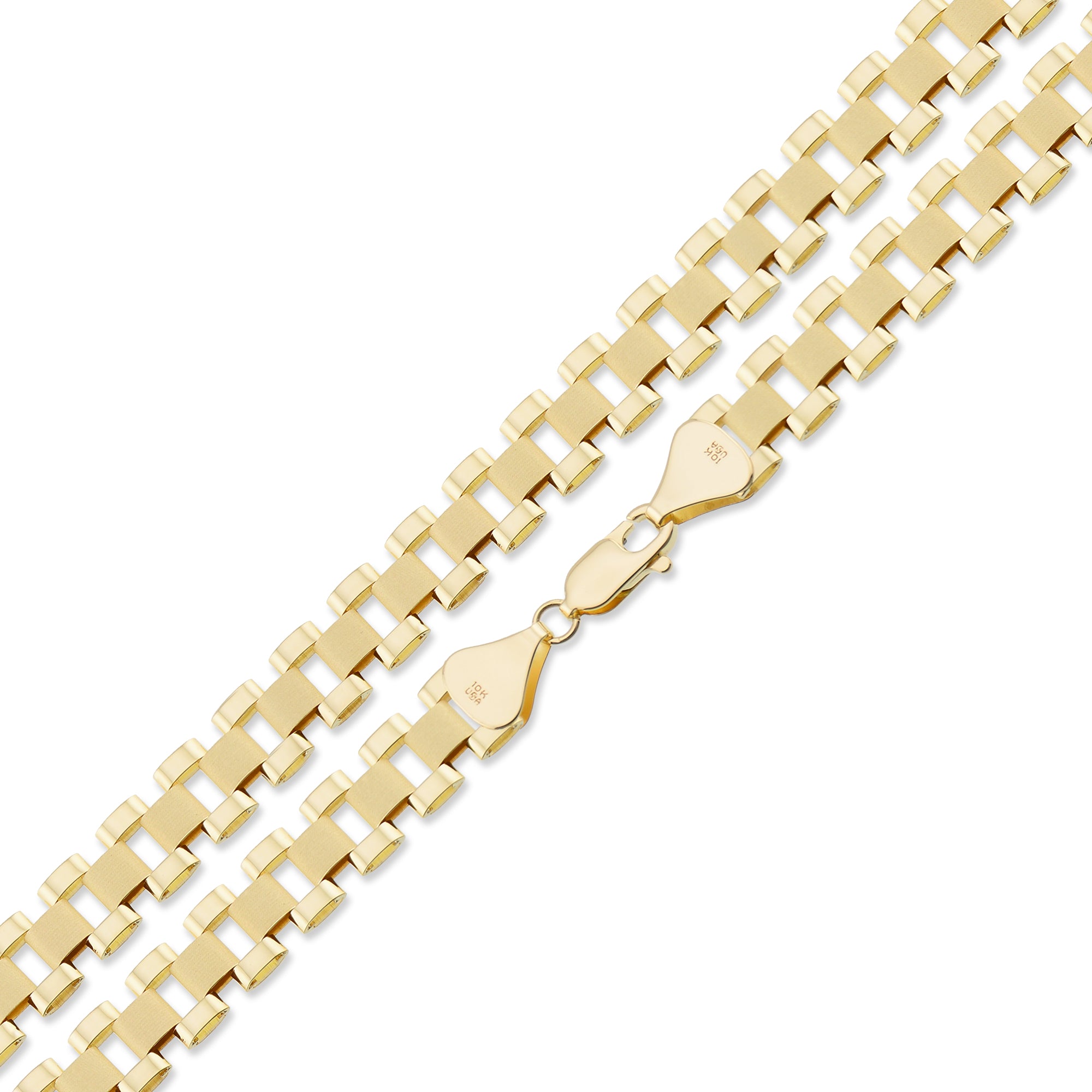
Understanding Gold Purity and Markings:
Gold purity is measured in karats, with pure gold being 24 karats (24K). However, pure gold is soft and not suitable for jewelry, so it is usually alloyed with other metals. Different karat numbers are used to indicate the percentage of gold in an alloy. Commonly used karat values are:
- 24K: Contains 99.9% gold and is the purest form but is rarely used for jewelry.
- 22K: Contains 91.7% gold and is commonly used in some high-end jewelry.
- 18K: Contains 75% gold and is widely used for fine jewelry.
- 14K: Contains 58.3% gold and is the most common gold alloy used for jewelry in the United States.
- 10K: Contains 41.7% gold and is the minimum karat that can be labeled as gold in many countries.
Gold jewelry is often stamped with markings indicating the gold purity. These markings may include numbers, such as 18K or 14K, or abbreviations, such as 18ct or 14kt. The presence of these markings can help identify the authenticity and quality of the gold necklace.
Visual Inspection:
The first step in assessing the authenticity of a gold necklace is to conduct a visual inspection. Consider the following factors:
- Color and Appearance: Real gold has a distinct color and appearance. Different karat values may vary slightly in color, with higher karat gold appearing richer and more yellow. However, gold should appear consistent in color and not have any signs of fading or discoloration.
- Surface Texture and Quality: Inspect the surface of the necklace for any signs of wear, dents, scratches, or discoloration. Real gold maintains its luster and does not corrode or tarnish. If the gold necklace shows signs of significant wear or damage, it may indicate a lower gold purity or the necklace being a plated or gold-filled piece.
- Hallmarks and Maker’s Marks: Look for any hallmarks, maker’s marks, or quality stamps engraved on the necklace clasp or other sections of the jewelry. These markings can provide valuable information about the necklace’s origin, maker, and gold purity. Research and familiarize yourself with common jewelry markings to aid in your assessment.
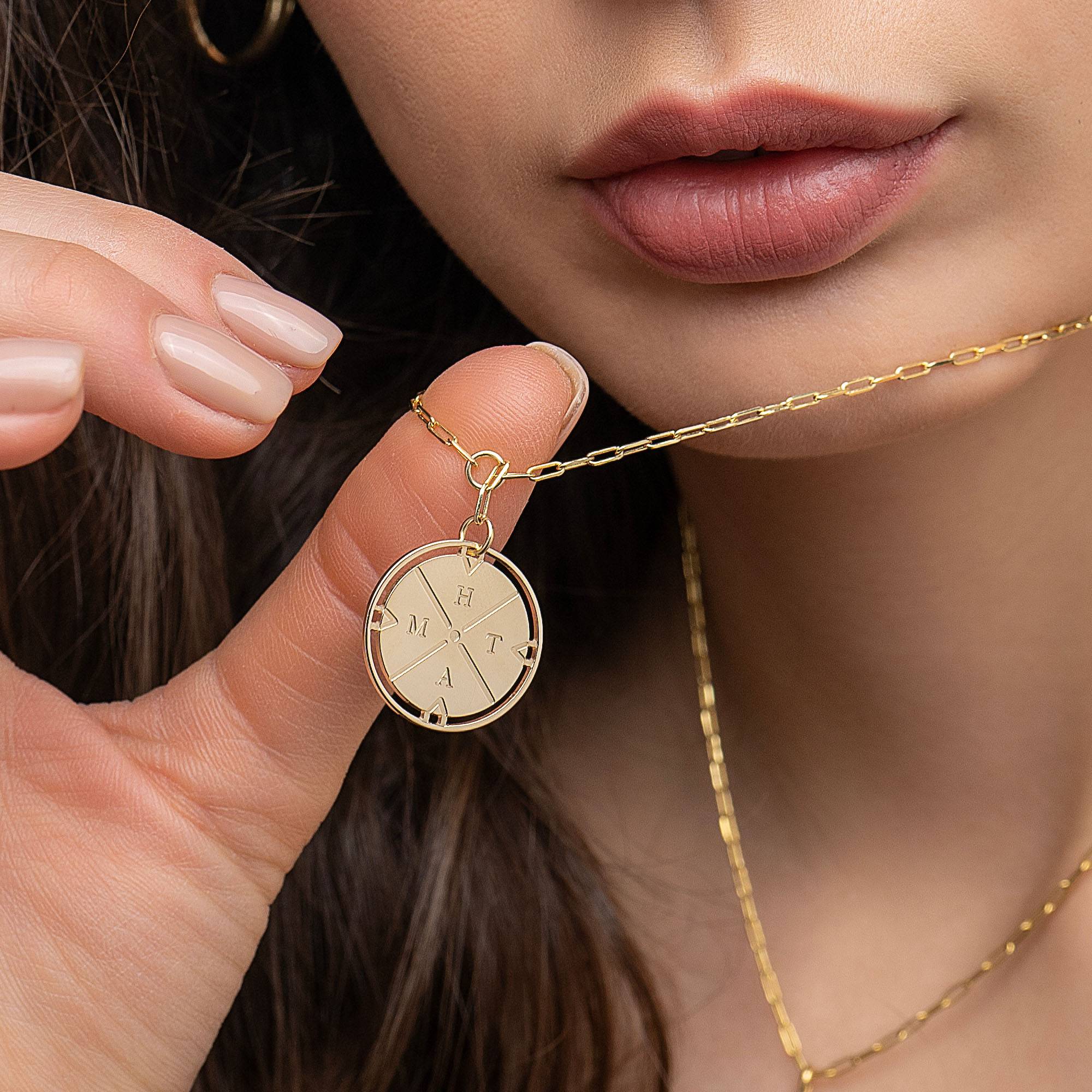
Physical Testing:
Physical testing involves using various methods to assess the physical properties of gold. While these methods provide useful information, they may not definitively determine the gold’s purity.
- Magnet Test: Gold is not magnetic, so using a magnet can help identify if a necklace is made of real gold. Hold a strong magnet near the necklace and observe any attraction or repulsion. If the necklace is attracted to the magnet, it suggests that it is not made of real gold. However, keep in mind that this method is not foolproof, as some other metals can also be non-magnetic.
- Density Test: Gold has a higher density compared to most other metals. If you have a scale that measures in grams, you can perform a density test by weighing the pearl necklace and calculating its density. Real gold will have a density close to 19.3 grams per cubic centimeter (g/cm³). However, this test requires accurate measurements and may require professional equipment for precise results.
Chemical Testing:
Chemical testing involves using various chemicals to assess the properties of gold. However, these tests are generally not recommended for non-professionals, as they can be hazardous and may damage the necklace if not performed correctly. It is best to consult a professional jeweler or goldsmith for comprehensive chemical testing.
Seek Professional Assessment:
If you are uncertain about the authenticity of a gold necklace, seeking a professional assessment or evaluation is advisable. A qualified jeweler or goldsmith can conduct detailed tests, including acid testing or X-ray fluorescence (XRF) analysis, to accurately determine the gold purity and authenticity of the necklace.
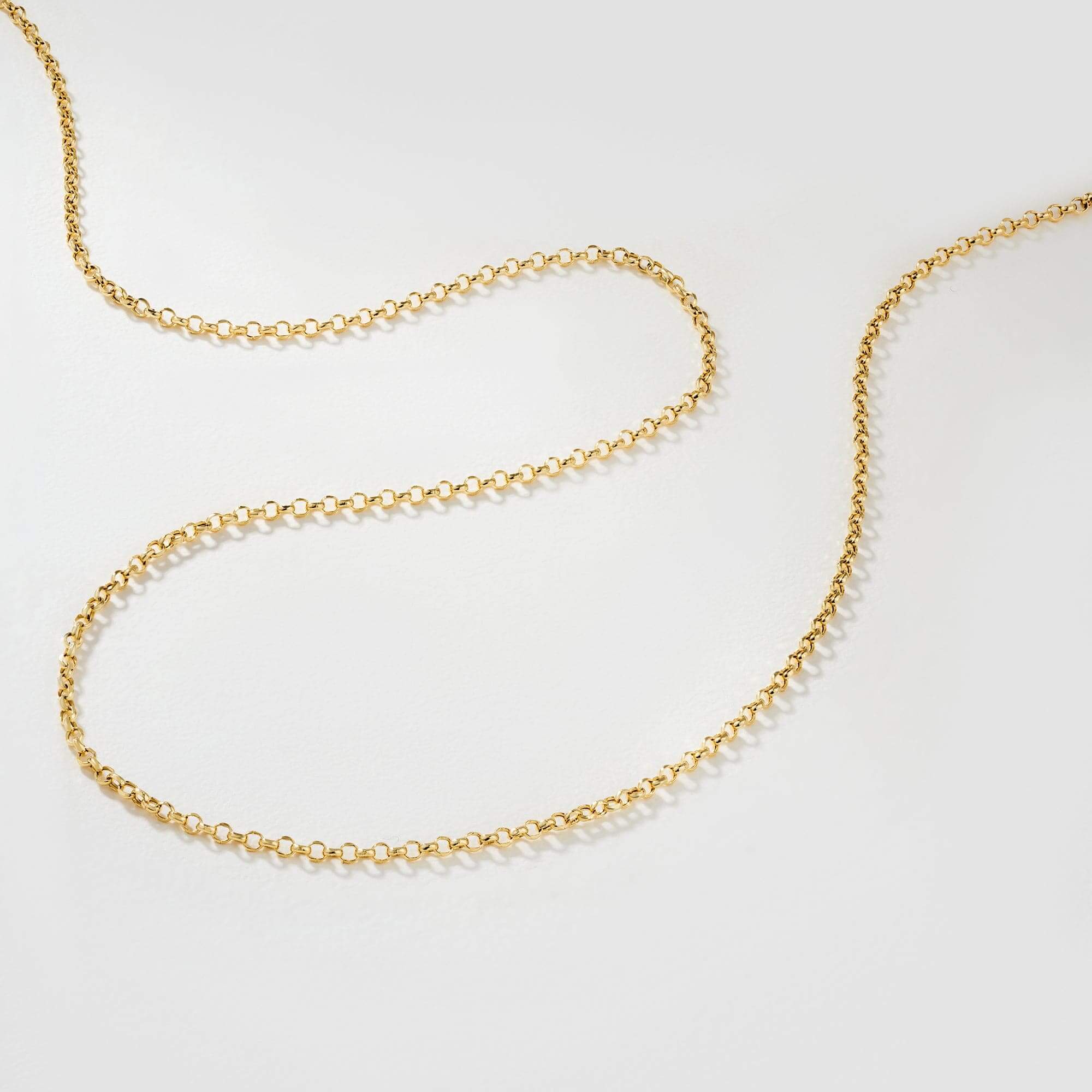
What are the styles of necklace?
Necklaces are a versatile and popular accessory that can enhance any outfit, adding a touch of elegance, glamour, or personal style. From delicate chains to bold statement pieces, necklaces come in a vast array of styles, materials, and designs.
Chain Necklaces:
Chain necklaces are a classic and timeless style that appeals to wearers of all ages. These necklaces feature links of various shapes and sizes, forming a continuous chain. Chain necklaces can be delicate and understated, such as the classic cable chain or the intricate link chain. Alternatively, they can make a bold statement with chunky and oversized links, such as the curb chain or the Byzantine chain. Chain necklaces can be worn alone for a minimalist look or layered together for an on-trend, layered effect.
Pendant Necklaces:
Pendant necklaces feature a central pendant that hangs from a chain, adding a focal point and a personal touch to the piece. The pendant can come in various forms, such as a gemstone, a charm, a locket, or a symbol, reflecting the wearer’s style and individuality. Pendant necklaces can be simple and subtle or bold and ornate, depending on the design and size of the pendant. They offer a versatile option to add symbolism, sentiment, or personal meaning to a necklace.
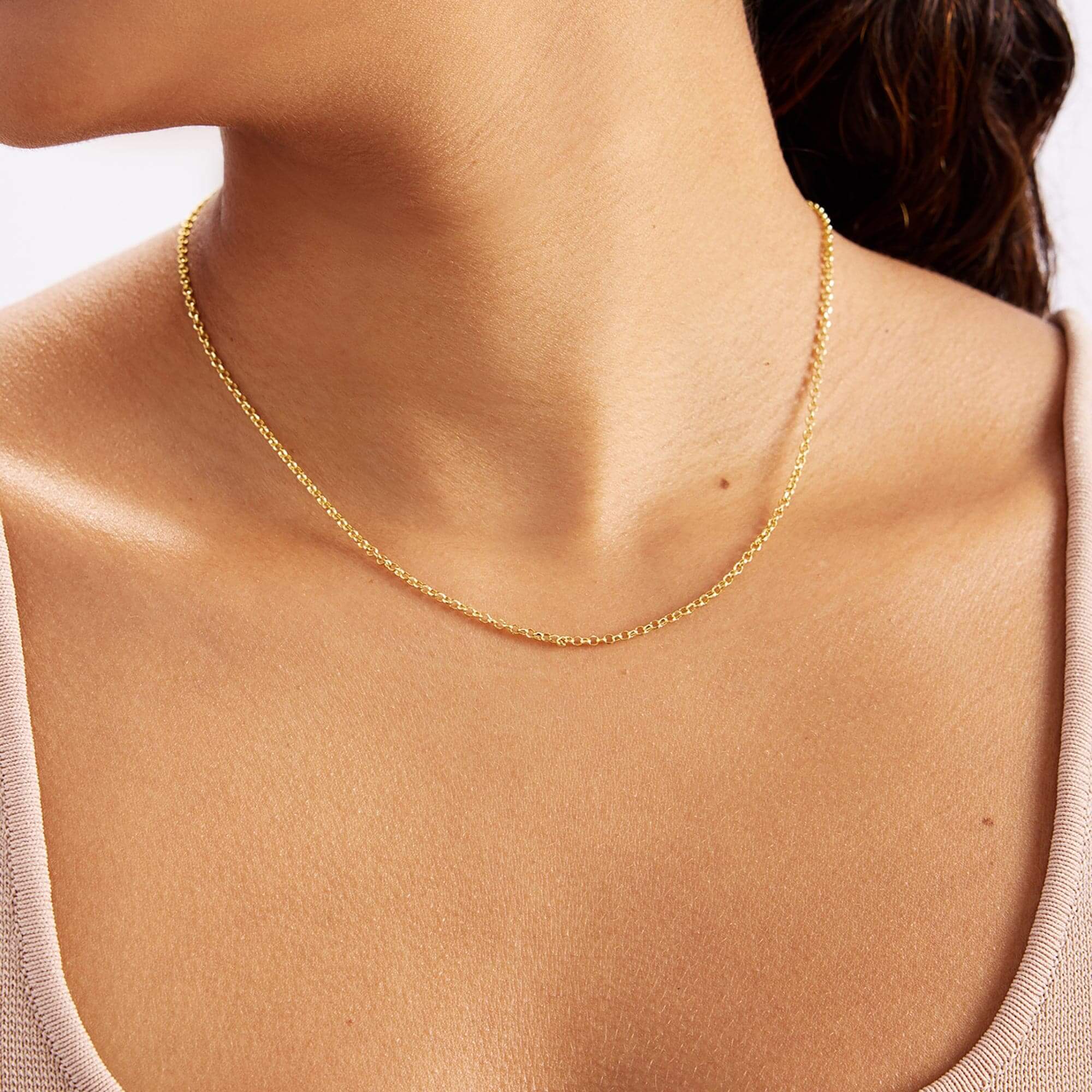
Choker Necklaces:
Choker necklaces are a stylish and trending option that sit snugly around the neck, creating a bold and modern statement. They typically have a length of around 14-16 inches, hugging the base of the neck or resting slightly above the collarbone. Choker necklaces can be made of various materials, including chains, ribbons, or bands, and can incorporate embellishments such as gemstones, charms, or pearls. Choker necklaces offer a versatile and edgy option that adds an instant fashion-forward touch to any outfit.
Statement Necklaces:
Statement necklaces are attention-grabbing, bold pieces that serve as the focal point of an outfit. These necklaces are designed to make a statement and can feature oversized gemstones, chunky beads, intricate designs, or elaborate embellishments. Statement seashell necklace range from glamorous and sparkling designs suitable for special occasions to avant-garde and artistic pieces that add an element of eccentricity and fashion-forwardness. Statement necklaces can instantly elevate even the simplest of outfits, adding drama, flair, and personality.
Conclusion:
Determining if a necklace is made of real gold requires a thorough assessment using visual, physical, and sometimes chemical testing. Understanding gold purity and markings, conducting a visual inspection, and performing physical tests like the magnet and density tests can provide valuable information. However, it is essential to note that professional evaluation is recommended for an accurate assessment of a gold necklace’s authenticity. By following these guidelines and seeking expert advice, you can make informed decisions when buying or selling gold necklaces, ensuring the authenticity and value of these cherished pieces of jewelry.
